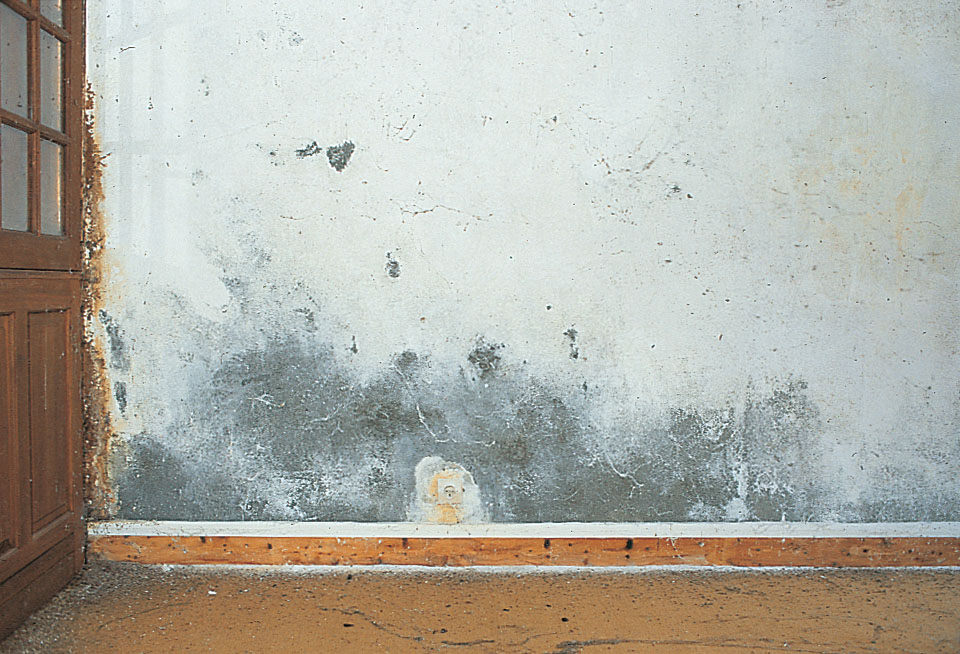



Fungi and Mildew in a Wine Cellar
How to clean and disinfect a wine cellar
|
Because of its high level of humidity, a wine cellar is prone to fungi and mildew formation. It is very important not to let mildew proliferate. A visual inspection remains the most reliable method to detect and diagnose the presence of mildew. If you detect an area where fungi or mildew is suspected, you can check by dabbing the area with a little bleach. If the area changes colour, if the spot – the dark area – or the stain disappears, it is likely to be some sort of organic element and, most probably, mildew. In a wine cellar, mildew and fungi are generally located on the walls, the wine racks and the cellar furniture. There are various types of mildew, but they are all similar in that they are all hazardous to your health and they are all eliminated in the same manner. The wines don’t really suffer from mildew problems. Unless the odour is very strong, the plastic film or alloy that seals the cork should generally protect the cork, and thereby the wine, against mildew attacks. The problem is basically related to your health. Inhaling mildew particles or spores or the mildew itself, can cause health problems, worsen an illness or deteriorate some people’s health condition. Besides, a great number of these types of mildew produce mycotoxins: these are metabolites or transformation products, derivative of mildew and are known to be toxic to humans. These toxins can, over time, weaken the immune system and lead to allergies and breathing difficulties. Lack of ventilation is the most likely cause of mildew and fungi in a wine cellar. You must absolutely solve this problem to avoid potential problems. If you don’t already have one, installing a small cellar air conditioner should help you regulate the temperature and ensure sufficient air circulation. Improper insulation can also cause condensation on the walls, ceiling and door frames. Make sure you carefully follow the construction advice when you plan your wine cellar installation. Once a cellar is infected, it must be thoroughly cleaned to avoid fungus proliferation. Any other solution would only delay the contamination, but you will not be able to eliminate it unless you proceed with a thorough cleaning (not easy, but necessary). You must empty the wine cellar and thoroughly clean it, including the wine racks. If there are large quantities of mildew, it is recommended to consult a mildew elimination specialist. In order to clean the problem area yourself, using warm water with a little unscented detergent is recommended. Using bleach (Javel water) is not recommended. The inhalations can be toxic and they are known to produce cork taint in the wine storehouse. If the mildew remains apparent on surfaces, use trisodium phosphate to remove it. Dilute on cup of trisodium phosphate in two gallons of warm water and stir for two minutes.* Once your wine cellar has been thoroughly cleaned, intense drying is necessary and a light sanding or brushing can be useful to eliminate any remaining trace of fungi. You must then paint the walls with mildew-resistant latex paint. The type of paint used in showers can be suitable. Drywall (even if it is waterproof) cannot be left as is. Always eliminate any mildew before applying the paint.
* Working with trisodium phosphate is a delicate operation. Always protect yourself; wear safety glasses, rubber gloves and a nose mask. . |
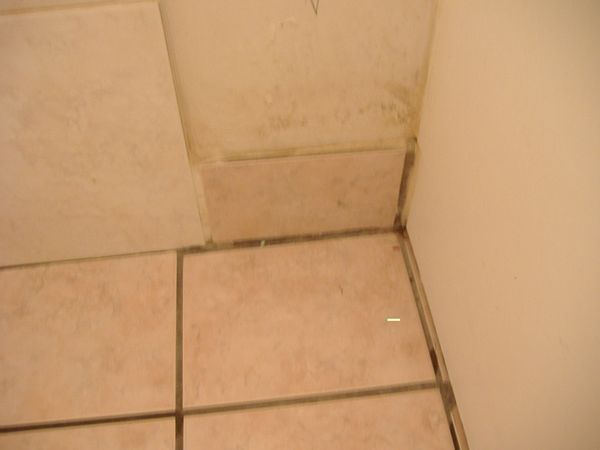 |
||
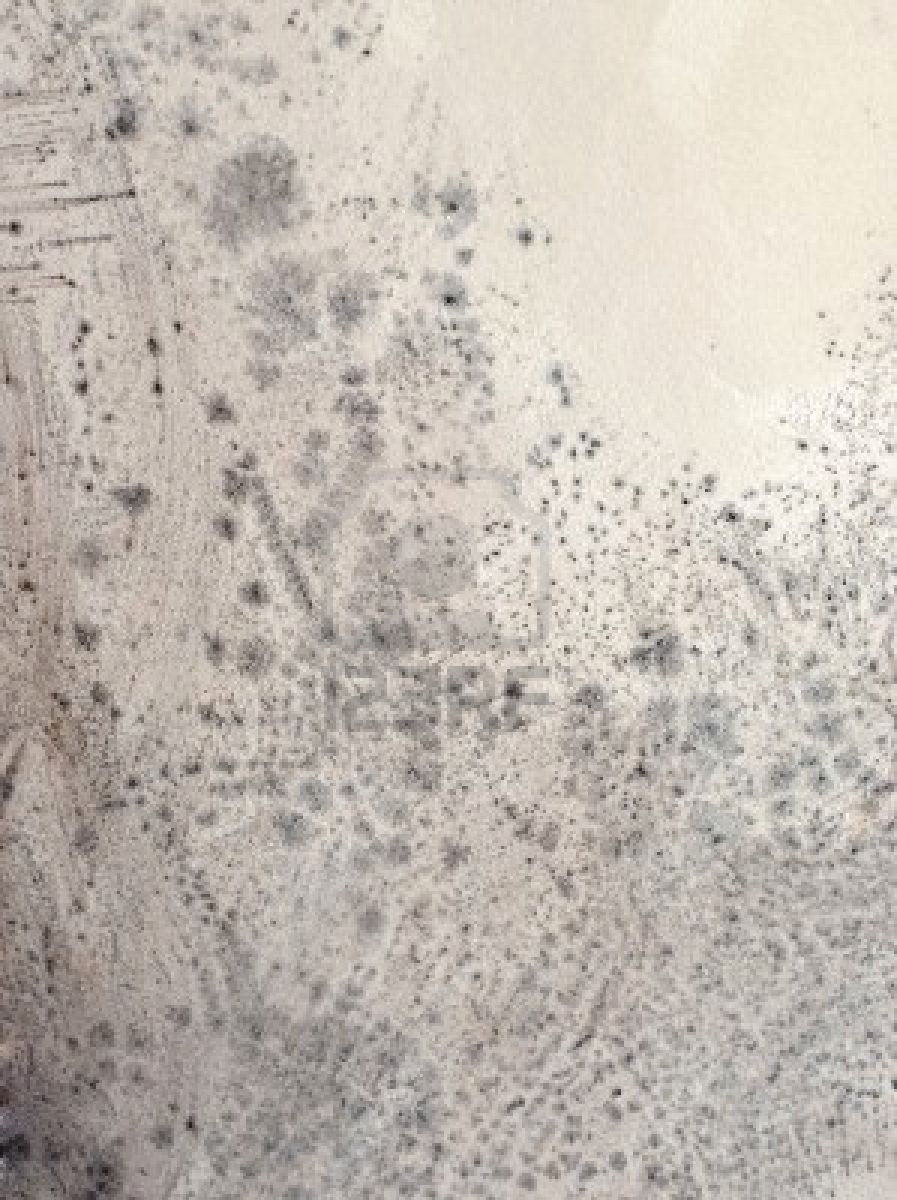 |
|||
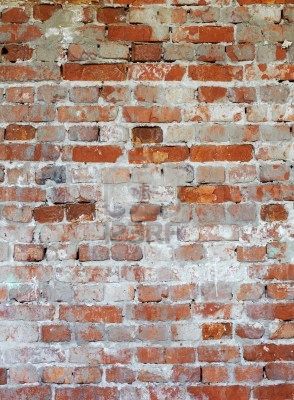 |
|||
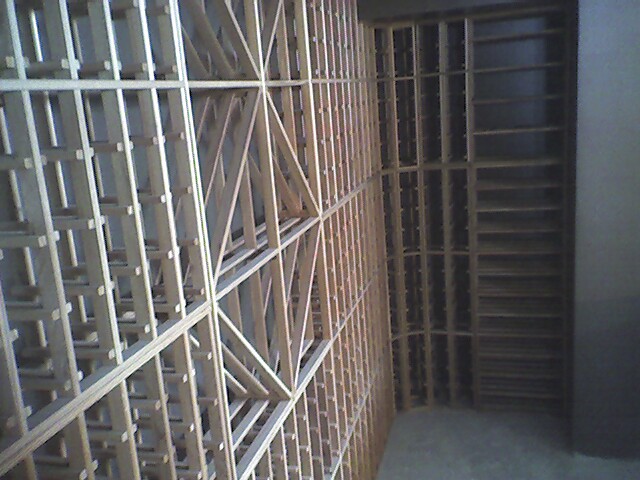 |
The cellar Master makes sure that the best conditions are combined for optimal ageing of your best vintages.(Contact) |
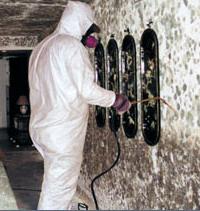 |
|
Home Contact Private cave Online store Stock management Photo gallery